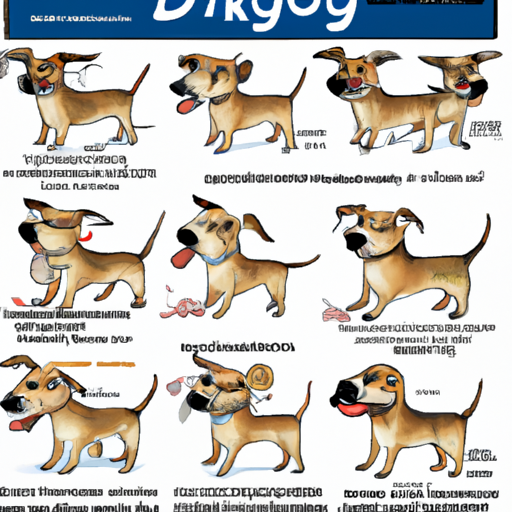As a caregiver, you’re always on the lookout for the best ways to provide care and understand those in your charge. When it comes to your lovable canine companions, you want nothing but the best for them too. Let’s dive into the fascinating world of dog communication to better understand “what your dogs mean”.
Understanding Your Dog’s Body Language
Dogs can’t talk like humans, but they communicate a lot through their body language. Here’s a simple guide to help you decipher your dog’s body language:
- Tail Wagging: Contrary to popular belief, a wagging tail doesn’t always mean a happy dog. The speed, position, and movement direction of the tail all convey different messages.
| Tail Position | Meaning |
|---|---|
| High, stiff tail | Dominance or aggression |
| Low tail | Fear or submission |
| Wagging fast | Excitement |
- Ears: The position and movement of your dog’s ears can indicate their emotional state. Ears held back typically indicate fear or submission, while ears pricked forward mean your dog is alert or interested.
Paying Attention to Vocalizations
Your dog’s barks, whines, and howls are their way of vocal communication. Here’s what they might mean:
- Barking: Dogs bark for various reasons including alerting to danger, seeking attention, or expressing frustration.
- Whining: This could indicate that your dog is feeling anxious or wants something from you.
- Howling: Often, dogs howl to communicate with other dogs or express loneliness.
Decoding Your Dog’s Behaviors
Certain behaviors in dogs can give you insight into their feelings and needs:
- Chewing: Dogs chew to relieve boredom or stress. If your dog is chewing excessively, they might need more physical activity or mental stimulation.
- Pacing: Pacing can indicate anxiety or nervousness. If your dog is pacing frequently, it could be a sign of underlying health issues.
Fostering Communication with Your Dog
Effective communication with your dog can enhance your bond and ensure their needs are met:
- Training: Regular training sessions using positive reinforcement methods can help you and your dog understand each other better.
- Consistency: Be consistent with your commands and signals. This will make it easier for your dog to understand what you want from them.
How to Respond to Your Dog’s Communication
Once you understand what your dog is trying to communicate, it’s important to respond appropriately:
- Positive Reinforcement: Reward your dog for good behavior. This will encourage them to repeat it.
- Empathy: If your dog is showing signs of stress or fear, reassure them with calm, comforting tones and gentle touches.
FAQ
Q: What does it mean if my dog’s tail is tucked between their legs?
A: This usually indicates fear or anxiety.
Q: Why is my dog howling at night?
A: They could be feeling lonely or hearing other dogs in the distance.
Q: My dog keeps pacing. What should I do?
A: This could indicate stress or health issues. Consider consulting a vet.
Q: How do I respond if my dog is showing signs of aggression?
A: Aggression can be a complex issue. It’s best to consult a professional dog trainer or behaviorist.
By understanding your dog’s means of communication, you can respond better to their needs, strengthening the bond you share.



